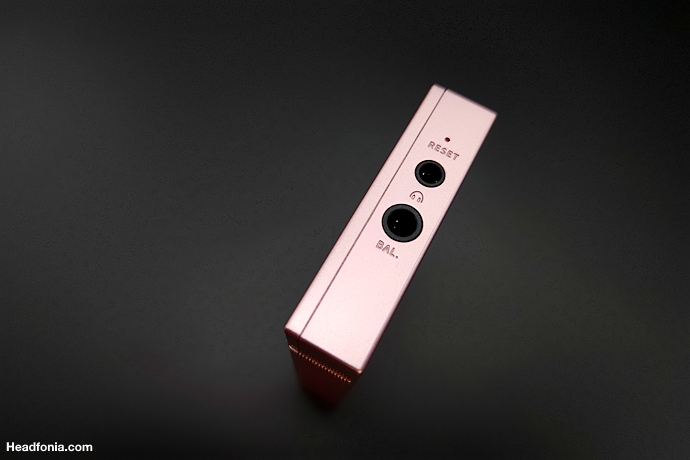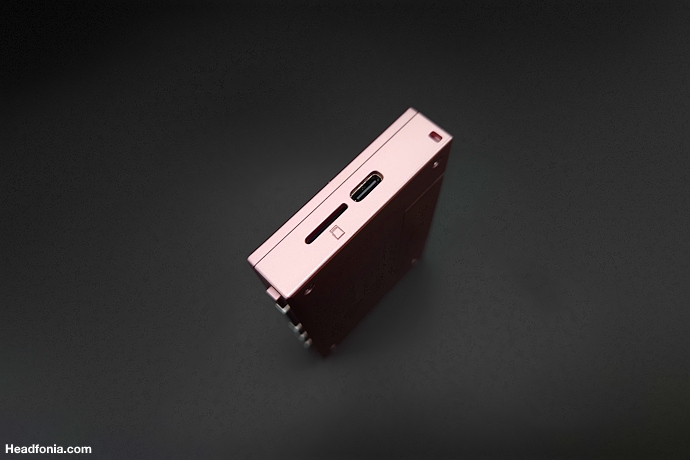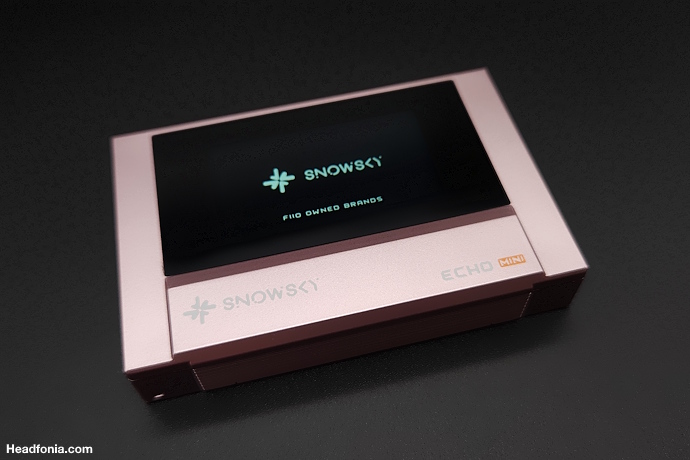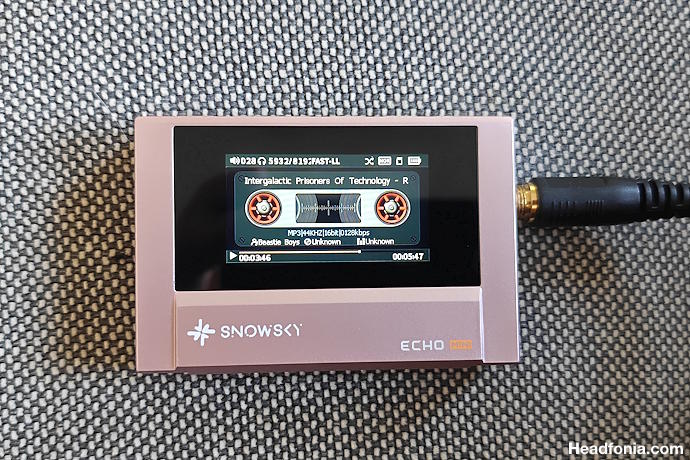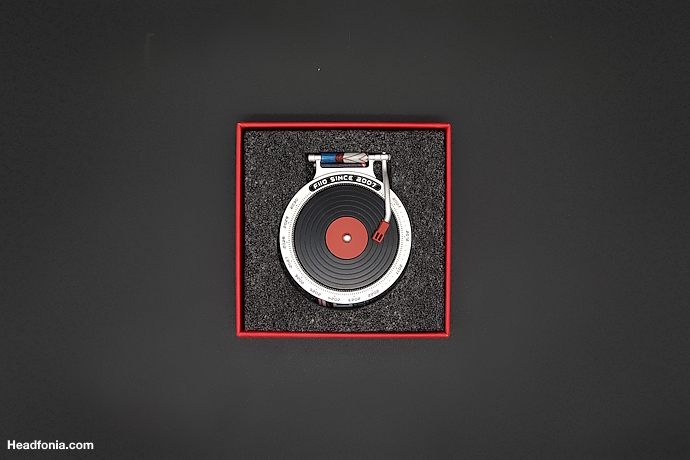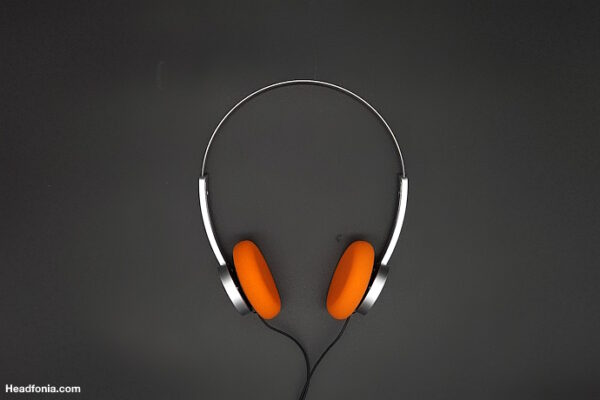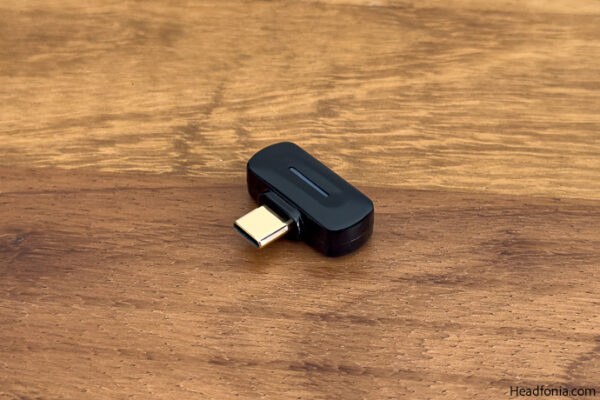If Google is showing you this page directly, Click here to go to the start of the article.
The Echo Mini sounds clear and I could never find any hint of noise or hiss, and that’s always excellent. The second thing that you will notice and which will impress you is its high dynamic presentation.
Third, the Snowsky Echo Mini has nice stereo imaging, as well as an excellent left/right balance. Looking at its technical performance, we here are of course are listening to a budget-friendly entry level player. Don’t expect to get the same performance as the better dongle or even desktop gear using the same DAC chips.
The resolution and precision are totally on par with the units price. The Echo Mini gives you a regular level of detail, but micro precision and things like extension, separation, layering (depth) and decay are present here in a very limited degree only.
The sound stage is ok in all directions, as is the airy presentation. They are normal, but not impressive. The overall tonality is on the warmer, more analogue side.
From a PRaT point of view, the Echo mini isn’t the best performer. It’s not the fastest or cleanest DAP and complex passages can sound a little unclear.
That said, the Echo Mini is a player that is easy to listen to. With its dynamic presentation and, warmer and fuller tonality, it is a very musical DAP to listen to. The Echo Mini will have you singing along with your favorite tracks, and it will focus on musicality and engagement instead of precision and the ultimate detail.
Sound – Classics
The FiiO Snowsky Echo Mini is soft to the ear, and it will never sound offensive at any time. Bass, mids and treble are warmer sounding and ear pleasing. With the more analogue tuning the Echo Mini never sounds sharp or peaky.
Some would say that the Echo Mini boosts the bass, but I don’t fully agree to that as the full range is weighty. There however are EQ settings available that will boost bass if you prefer more.
So yes, bass is full and weighty but it is mostly mid bass focused. The sub-bas presence (depth) is very limited, as is the bass resolution and layering. Bass isn’t the most precise or clear, here it is more about musical engagement and getting your foot tapping.
The mids perfectly connect to the bass with a fuller and warmer tonality. The separation and airiness are not the strongest points. The focus here is on enjoyment, with a smoother delivery and slightly more forward placed vocals.
The treble section is safely tuned and it will never sound harsh or offensive. Treble doesn’t extend very well, and with its weighty, warmer character will not give you the highest resolution and extension. Like with bass and mids, it’s all about dynamics and musical enjoyment.
Sound – Synergy
The Echo Mini is a tiny portable player but it is powerful enough for most IEMs and cans.
FiiO recommends using the 3.5mm line-out with ear/headphones between 16 and 150Ω. For the balanced output Snowsky recommends gear up to 300Ω. For all of the IEMs I tested, low gain always more than I needed. Only with some full-sized headphones did I feel high gain delivered an increase in sound quality (weight).
Of course with a max output of 250mW+250mW (32Ω) there are driving limitations. I fully recommend to use IEMs and lighter to drive headphones. For this section I have selected the Beyerdynamic DT770 (32Ohm) and the UM Multiverse Mentor (22Ohm).
With the Beyerdynamic DT770 you can use low gain and up the volume, but I prefer using it in high gain with a lower volume. It to me provides the best sound quality and dynamics. With the Echo Mini the DT770 sounds full with more forward vocals. The synergy in this combo is excellent and you get a weighty and musical, engaging tuning.
While the DT770 can sound even better on desktop gear, I really find it to perform excellent with the Echo Mini. When switching to IEMs, don’t forget to lower the volume and setting the gain to low again. The Echo Mini doesn’t have a safety built in so your ears will thank you. I found out the hard way.
I doubt many will use the $5k Multiverse Mentor IEM with the Echo mini, but I wanted to showcase what happens if you connect a technical high-performing IEM with a lower level player.
In this case that results in a very full and weighty sound, with a warmer and slower presentation. You still get a good amount of technicalities, but the Echo Mini is clearly holding the Mentor back. That’s perfectly fine though.
If you want a high technical performance and your IEM is up for the task, the Echo Mini will not be your best friend. You however will get an ok level of technicalities but with a smooth, musical, dynamic and engaging delivery.
Conclusion
With the Snowsky brand and the retro design, FiiO clearly has another winner on their hands.
With its low price, excellent looks and back to basics principle, the Echo Mini is a no-nonsense player that is hard not to like. Using the Echo Mini takes me back to my youth and my first Sansa and Creative MP3 players.
The Echo Mini is easy to work with, and because of its limited play options (only SDCard as source, no Wi-Fi, no streaming) and lack of touch screen, it is light, small and very pocketable.
From a sound point of view, you will get a fuller and warmer presentation with a focus on fun, engagement, musicality and dynamics. From a technical point of view the Echo Mini isn’t the best performer but again, at this price point is does perfectly fine.
As the FiiO Snowsky Echo Mini is going for only $50 USD, there is very little you can complain about.
You get a well-designed all-in-one standalone all-in-one product with an excellent price/performance ratio. Of course the unit has its limitations when compared to higher-end gear. Your phone and (more expensive) dongle probably will be better sounding, but they also will be far more expensive.
Summary
It’s been quite some time since I had such a long list of pros and cons, but here we go:
Pro’s
- Price
- Design
- Compact
- Simplicity
- EQ/Filter options
- Double outputs
- Frequent FW updates
Cons
- Simplicity
- Weight
- Plastic
- SDCard size limited to 256gb
- Bluetooth SBC only
- No replaceable battery
- No USB-DAC mode








